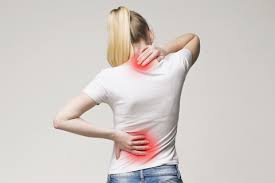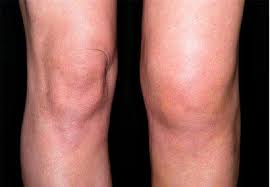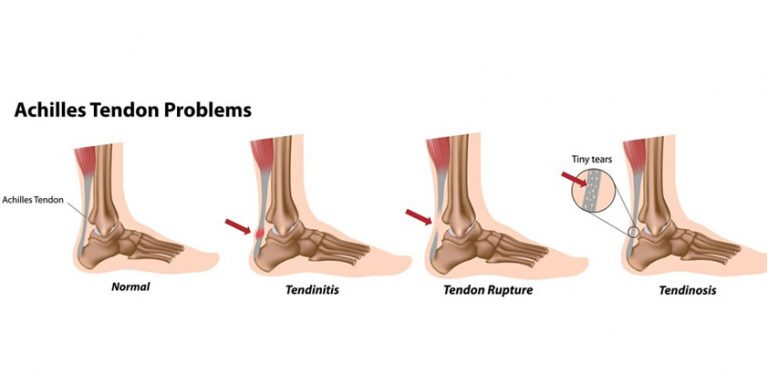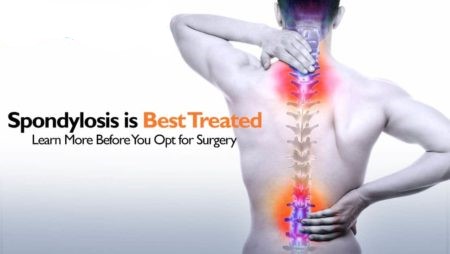SPONDYLOARTHRITIS
Spondyloarthritis is an umbrella term of inflammatory rheumatic diseases that includes ankylosing spondylitis, psoriatic arthritis, enteropathic arthritis, juvenile, reactive and undifferentited arthritis.
Types of Spondyloarthritis
Let us look at their definitions and differences:
1. Ankylosing spondylitis
This is an inflammatory disease that, over time, can cause some of the small bones in your spine (vertebrae) to fuse. Eventually, the joints and bones there can fuse and make your spine stiffen into a C-shape.
This fusing makes the spine less flexible and can result in a hunched-forward posture. If ribs are affected, it can be difficult to breathe deeply. Ankylosing spondylitis affects men more often than women. Signs and symptoms typically begin in early adulthood.
Symptoms of Ankylosing Spondylitis
–Inflammation can occur in other parts of your body, most commonly, your eyes.
–Pain and stiffness in your lower back and hips, especially in the morning and after periods of inactivity.
–Neck pain and fatigue also are common.
2. Psoriatic arthritis
A chronic skin condition where your body’s immune system attacks healthy joints and skin by mistake. It’s characterised by patches of thickened skin covered by silvery scales. It most commonly affects the end joints of the fingers and toes. It can impact the spine. When this happens, it’s known as psoriatic spondyloarthritis. It may also cause pain in the neck.
Symptoms of psoriatic arthritis
–Throbbing pain, along with stiffness and swelling.
–Swollen fingers and toes that look like sausages and nail problems (for example, pitted nail beds).
–Foot pain – Psoriatic arthritis can also cause pain at the points where tendons and ligaments attach to your bones — especially at the back of your heel (Achilles tendinitis) or in the sole of your foot.
–Lower back pain – Some people develop a condition called spondylitis as a result of psoriatic arthritis. Spondylitis mainly causes inflammation of the joints between the vertebrae of your spine and in the joints between your spine and pelvis.
Risk factors
Several factors can increase your risk of psoriatic arthritis, including:
–Psoriasis – Having psoriasis is the single greatest risk factor for developing psoriatic arthritis. People who have pitted, deformed nails are especially likely to develop psoriatic arthritis.
–Your family history
–Your age – Although anyone can develop psoriatic arthritis, it occurs most often in adults between the ages of 30 and 50.
–having frequent bacterial infections in your gut
–having another inflammatory condition, such as psoriasis or inflammatory bowel disease
3. Enteropathic arthritis
Enteropathic Arthritis or Arthritis associated with Inflammatory Bowel Disease. Some patients with Enteropathic Arthritis experience a flare of joint pain around the same time that their bowel disease flare.
Most people with enteropathic arthritis have already been diagnosed with Crohn’s disease or ulcerative colitis by the time their joint symptoms develop, says Kevin McKown, MD, an associate professor of internal medicine in the division of rheumatology at the University of Wisconsin. In some cases, though, joint inflammation may actually be the first indication of an underlying inflammatory bowel disease.
However, not all people who have an inflammatory bowel disease will get Enteropathic Arthritis.
Enteropathic Arthritis usually affects the joints of the lower limbs and the spine but any joint can be affected. It can also cause debilitating body aches similar to a disease called fibromyalgia. The specific symptoms of Enteropathic Arthritis vary from person to person.
Symptoms
Classic enteropathic arthritis symptoms include:
–Back pain or stiffness – Enteropathic arthritis may cause back pain or stiffness, especially in the mornings, but the discomfort usually gets better as you move throughout the day. Sitting or standing for long periods tends to exacerbate back pain in enteropathic arthritis.
–It may also cause bloody diarrhoea and abdominal pain due to inflammatory bowel disease.
–Swollen, red, painful joints – These are the symptoms that are most likely to bring you to the doctor’s office. It’s easier with wrists and ankles than with back pain because you can see they are inflamed. Joint inflammation parallels bowel inflammation. The good news is that your joints will probably feel better when your gut symptoms are treated. https://www.everydayhealth.com/rheumatic-diseases/diagnosing-enteropathic-arthritis.aspx
4. Juvenile arthritis
Describes the inflammatory and rheumatic diseases that develop in children under the age of 16. Most kinds of juvenile arthritis are autoimmune or auto inflammatory diseases. That means the immune system, which is supposed to fight against foreign invaders like viruses and germs, gets confused and releases inflammatory chemicals that attack healthy cells and tissue (https://www.arthritis.org/diseases/juvenile-arthritis).
Symptoms
The most common signs and symptoms of juvenile arthritis are:
–Pain – While your child might not complain of joint pain, you may notice that he or she limps — especially first thing in the morning or after a nap.
–Swelling – Joint swelling is common but is often first noticed in larger joints such as the knee.
–Stiffness – You might notice that your child appears clumsier than usual, particularly in the morning or after naps.
–Fever, swollen lymph nodes and rash – In some cases, high fever, swollen lymph nodes or a rash on the trunk may occur — which is usually worse in the evenings.
5. Reactive arthritis
This starts with an infection of your intestine or urinary tract. An immune reaction may follow that can cause (conjunctivitis) and can cause rash oral ulcers and urinary tract inflammation as well as arthritis. This condition used to be known as Reiter’s syndrome.
It may cause inflammation in the joints, eyes and the spinal joints. Reactive arthritis is the only type of spondyloarthritis known to be triggered by a bacterial infection. It most commonly results after chlamydia or a food-borne infection.
6. Undifferentiated arthritis
Despite the many types of arthritis that are well-defined by the medical community, people’s symptoms don’t always fit neatly into a well-established category. For instance, you might be in the early stages of inflammatory arthritis but have a pattern of symptoms that’s not consistent with any specific type of arthritis. Also, rheumatic diseases share a lot of the same symptoms.
A diagnosis of Undifferentiated Arthritis likely means that it’s just too early to make a specific diagnosis but you have symptoms that need to be treated.
It is estimated that between 40% and 50% of people with undifferentiated arthritis undergo spontaneous remission. That means the symptoms go away on their own. Approximately 30% of people with this diagnosis develop Rheumatoid Arthritis while the remaining 20% to 30% develop other types of inflammatory arthritis. https://www.verywellhealth.com/what-is-undifferentiated-arthritis-189641
Symptoms
–Rheumatoid nodules – Subcutaneous nodules in regions surrounding joints, extensor surfaces, or bony prominences
–Arthritis of three or more joint areas. Three or more of the following joints noted to be fluid-filled or have soft-tissue swelling: wrist, PIP, MCP, elbow, knee, ankle, MTP
–Hand joint involvement. Wrist, MCP, or PIP joints among the symptomatic joints observed
–Morning stiffness. Stiffness in or around the affected joints for at least one hour after initiating movement
Remedies and treatment options for spondyloarthritis
There’s no cure for spondyloarthritis. But with treatment and some changes to your lifestyle, you can have an active and productive life. Treatment focuses on reducing pain, improving or maintaining mobility, and reducing your risk of complications.
Adjusting your diet
Foods to avoid
Some foods and ingredients may cause inflammation and should be limited. These include:
–sugars
–fried foods
–saturated fats and trans fats
–refined carbohydrates
–alcohol
Foods to include in your diet
To help battle inflammation in your body, strive to eat a diet rich in:
–a colourful variety of fruits and vegetables
–whole grains
–fibre
–lean protein
–fatty fish
Adopting a healthy lifestyle
Treatment plans are individualised, but most will include:
–physical therapy
–anti-rheumatic drugs
–Stop smoking
–Protecting skin
–low-impact exercise – Although it may seem counter intuitive, regular movement is critical to manage discomfort associated with the condition.
–Complementary therapies, such as massage, acupuncture, hot/cold therapy, guided imagery and visualisation can help to ease pain and reduce stress.
–Maintaining good posture also helps to reduce back and neck pain and preserve mobility.
–Antibiotics are used to treat an active bacterial infection present with reactive arthritis. Severe cases of spondyloarthritis may require surgery to treat bone destruction or cartilage damage. https://www.healthline.com/health/spondyloarthritis#diagnosis
Supplements that help
Calcium Supplements
Spondyloarthritis may cause bone thinning and Osteoporosis. So it’s important to get enough calcium in your diet as well. The National Ankylosing Spondylitis Society recommends getting 700 milligrams of calcium daily.
Collagen peptides with Magnesium
Collagen peptides with Magnesium supplements also help alot in improving bone density in patients with osteoporosis.
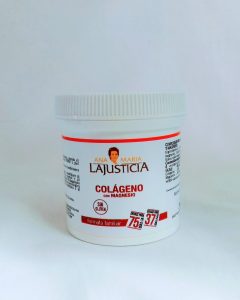
Turmeric curcumin with black pepper
Turmeric is a popular root/spice, and curcumin is the highly potent chemical in turmeric.
Ayurvedic medicine, a traditional Indian system of treatment, recommends turmeric for a variety of health conditions. These include chronic pain and inflammation. Studies seem to support turmeric for pain relief, with one noting that it seemed to work as well as ibuprofen (Advil) in people with arthritis in their knees.
The Arthritis Foundation cites several studies in which turmeric has reduced inflammation.This anti-inflammatory ability might reduce the aggravation that people with arthritis feel in their joints.
We have found that black pepper helps with the effective absorption of curcumin in the body. Black pepper also has anti inflammatory properties on its own, making our Turmeric Curcumin with Black Pepper- The ultimate anti-inflammatory.
Get yours from our Shop NOW!
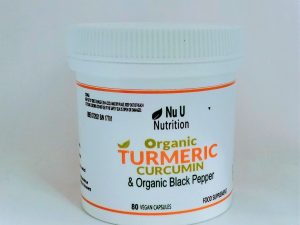

Knowledge is power. We believe in helping prospective buyers make an informed decision before purchase. We also invest time on researching quality supplements with a proven record that will show results to my esteemed clients.
